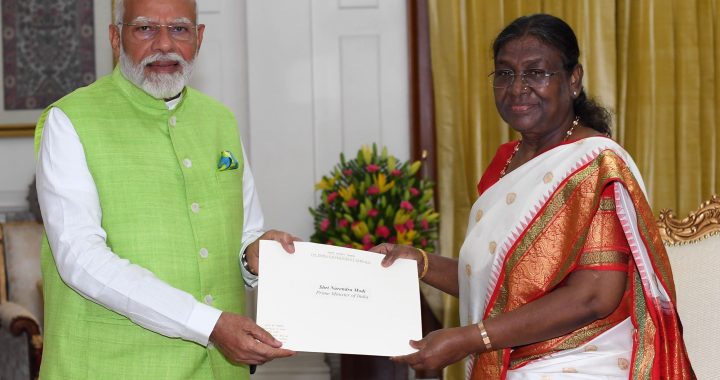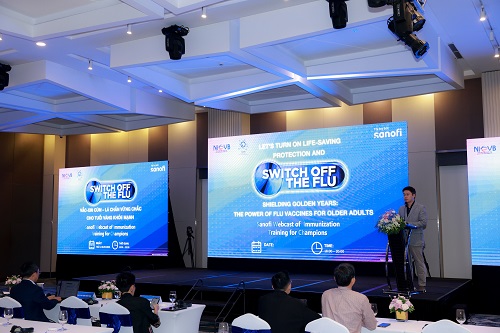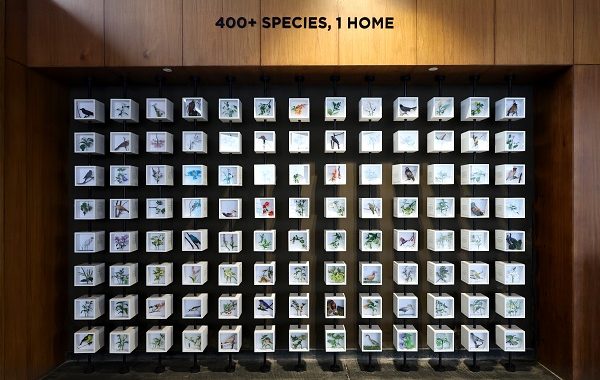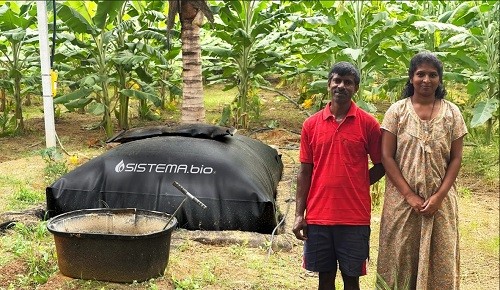Online celebration of ‘Himalaya Diwas’ by Wadia Institute of Himalayan Geology

Online celebration of ‘Himalaya Diwas’ by Wadia Institute of Himalayan Geology
Discusses Landslide disaster risk reduction, Himalayan seismicity– risk awareness & mitigation, and journey of black carbon towards Himalayan cryosphere’
Scientists specialising in different aspects of the Himalayas discussed a range of areas like landslide disaster risk reduction, Himalayan seismicity, risk awareness, and mitigation, and journey of black carbon towards Himalayan cryosphere’ on the occasion of Himalaya Diwas.
The discussions were part of an online celebration of ‘Himalaya Diwas’ by Wadia Institute of Himalayan Geology (WIHG), an autonomous institute of the Department of Science & Technology, Government of India, last week.
Dr. Vikram Gupta, scientist, WIHG, spoke about some fundamental concepts of ‘Landslide Disaster Risk Reduction (L-DRR) Strategy and emphasised the importance of risk reduction caused by the landslide. He explained how risk reduction measures are a good investment and said that for risk management, it is always better to have a good understanding of landslide processes.
While delivering a lecture on ‘Himalayan Seismicity, Risk Awareness, and Mitigation’, Dr. Ajay Paul, a scientist from the institute, explained how the Himalayan region is prone to earthquake activity. He described how an earthquake could be hazardous to the various lifeline of the people and explained what one should do before an earthquake, during an earthquake, and after an earthquake, which can mitigate the hazardous impacts of an earthquake.
Elucidating the ‘Journey of Black Carbon towards Himalayan Cryosphere,’ Dr. Chhavi P. Pandey, from the institute, said that black carbon aerosol plays a unique and important role in the Himalayan environment. She explained how transportation of Black carbon and other pollutant takes place towards the Himalaya cryosphere.
Dr. Sameer Tiwari, also from the institute, highlighted the ‘Use of Geothermal Resources for heat utilization. He described that geothermal energy is relatively clean and renewable and hence becoming a preferred choice for an alternative energy resource for the future. He said that WIHG has been monitoring around 40 active geothermal springs from the Garhwal and Kumaun Himalayan regions of Uttarakhand. Dr. Rajesh Sharma, senior scientist at WIHG, coordinated this event.
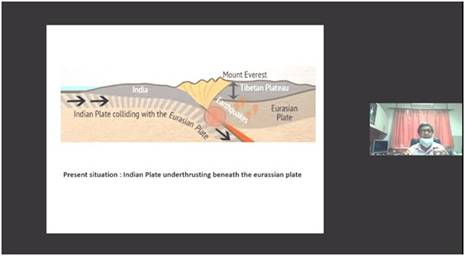
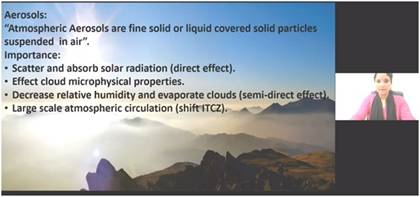
*****
NB/KGS/(DST MEDIA CELL)
Also See:
- CM expresses grief over demise of Mitr Dev Sharma
- Union Power Minister lays foundation stone for construction of LILO of Kishenganj-Darbhanga
- Punjab Govt Realising Dream of Roof for All: Sarkaria


